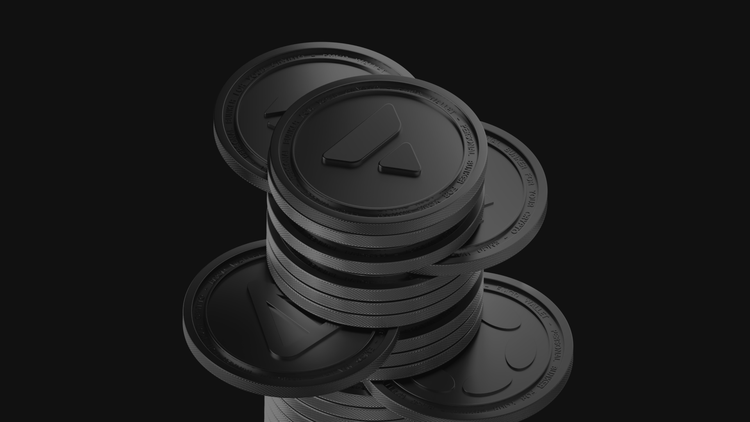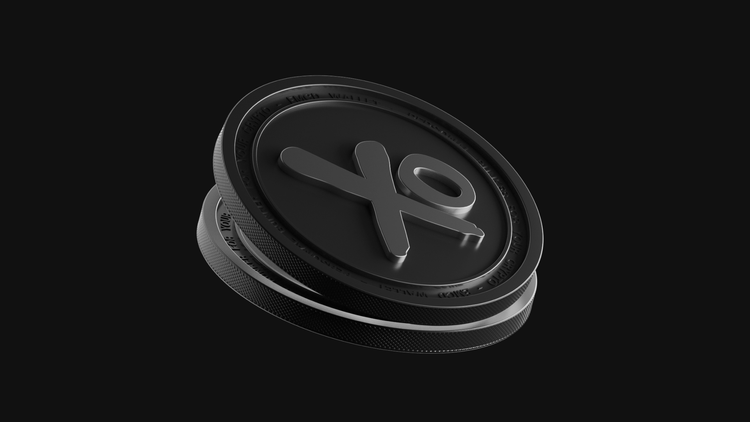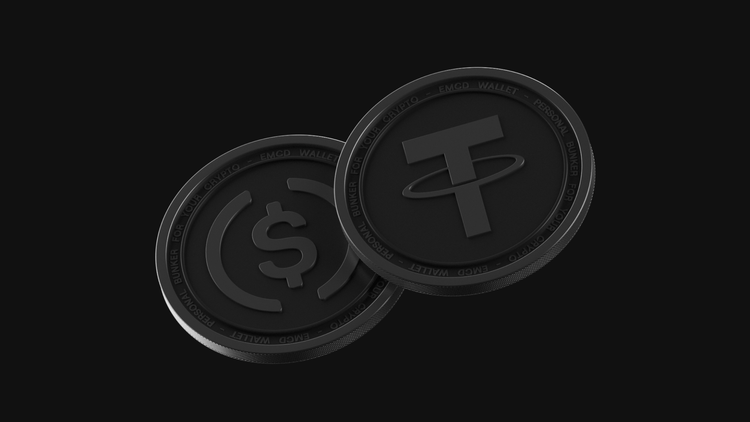Uniswap Token (UNI): The Key to Uniswap’s DeFi Ecosystem

Trust in centralized exchanges is wearing thin. System crashes, frozen accounts, hidden fees turn traditional finance into a daily struggle. Even seasoned traders waste time and money on slow confirmations and sudden trading restrictions. For beginners, crypto swaps often feel like walking a tightrope, with real risks of losing assets.
Uniswap offers a different path. It’s a decentralized exchange protocol with no middlemen, no order books, and no confusing hurdles. Just connect your wallet and trade instantly. Everything is transparent. The Uniswap token (UNI) became a turning point for the entire DeFi space, setting new standards for freedom and control over your assets.
In this guide, you’ll learn how Uniswap works, why the UNI token is central to its ecosystem, how to get it, where to use it, and why it remains an essential tool for crypto users today.
Uniswap and UNI Token Explained: How They Power DeFi
Uniswap is a decentralized exchange (DEX) protocol built on Ethereum. It lets you swap tokens directly without exchange accounts and intermediaries. Everything runs on smart contracts, so there’s no need for manual approvals or trusting third-party platforms to hold your funds.
Uniswap was one of the first platforms to popularize the AMM model (automated market maker), where liquidity comes from users, not from the exchange itself. This lowers the barrier to crypto trading and makes it easier to access a wide variety of tokens.
How Uniswap Changed Crypto: The Origin Story
The Uniswap idea was born in 2018 as a response to the limits of centralized crypto exchanges.
The project was launched by Hayden Adams, a developer inspired by Vitalik Buterin’s vision of using smart contracts for seamless token swaps. Uniswap didn’t launch with an ICO or token sale. It started with just a simple piece of code and the support of a growing community.
By 2020, Uniswap had become a DeFi flagship, and with its rise came the UNI launch, the platform’s governance token. Instead of selling it, Uniswap distributed UNI for free to its early users. It was a massive and widely praised airdrop that became one of the fairest in crypto history.
How Uniswap Works: The AMM Power
Uniswap runs on an AMM (Automated Market Maker) model. Forget traditional order books. On Uniswap, you simply pick the token pair you want to trade and swap in one click.
Liquidity is provided by regular users who pool their crypto pairs and earn fees from every trade. The more liquidity a pool has, the less slippage traders experience.
It’s fast, simple, and eliminates the need to trust centralized platforms.
Uniswap was the first mainstream protocol to prove that you can trade crypto directly from your Uniswap wallet with no middlemen involved.
How UNI Powers Uniswap’s Decentralized Future
UNI transforms traders into active participants in Uniswap’s growth and governance. UNI holders can vote on major protocol decisions, from liquidity distribution to smart contract upgrades.
In other words, UNI is a decentralization tool. The more tokens you hold, the more say you have. This turns users into co-creators of Uniswap’s future, not just passive participants.
UNI is also heavily used in liquidity incentive programs. Under the Uniswap Unleashed initiative, $45 million was allocated to reward liquidity providers for Uniswap v4 and Unichain, helping the next generation of the protocol grow.
Let’s find out how UNI is used:
- Voting on proposals and upgrades
- Access to DeFi tools like farming, lending, and staking
- Integration with dApps and wallets
- Traded on major exchanges as a popular cryptocurrency
- Used as collateral on various DeFi platforms
UNI is deeply woven into the Uniswap ecosystem and if you know how to use it, it can work for you, not just sit in your wallet.
From Wallet to Vote: How to Get and Use UNI
UNI is an ERC-20 token on the Ethereum network, which means it’s compatible with all major wallets and DeFi apps.
One of the easiest ways to store and manage UNI is setting up your EMCD Wallet. It’s a non-custodial wallet that gives you full control of your tokens, with no middlemen involved.
Using EMCD wallet, you can easily:
- Deposit UNI directly via the ERC-20 network
- Withdraw your UNI with no delays, hidden fees, or limits
- Swap UNI for other cryptocurrencies quickly and securely right inside the wallet
Its slick interface, direct asset control, and built-in swap features make EMCD wallet a great choice for managing your UNI tokens.
Here’s your guide to getting UNI:
- Buy it on major exchanges, including both centralized and decentralized platforms
- Earn it by providing liquidity to Uniswap pools
- Join DeFi reward programs, including those tied to Uniswap v4 and other ecosystem activities
Let’s discover how to use UNI:
- Vote on Uniswap protocol upgrades and governance decisions
- Stake UNI and earn rewards through DeFi platforms
- Provide liquidity to pools and earn a share of trading fees
- Use UNI as collateral for crypto loans
- Trade UNI on both decentralized and centralized exchanges
UNI goes beyond a token: it lets you trade, stake, and participate in building Uniswap’s future in DeFi.
Decentralized Trading with Uniswap: Pros, Cons, and Realities
Uniswap remains one of the most popular DeFi protocols, but like any tool, it has its strengths and weaknesses.
If you’re planning to use UNI, it’s smart to know both sides.
| Advantages | Disadvantages |
| Fully decentralized | Impermanent loss risks when adding liquidity |
| No KYC requirements | Can be complex for beginners |
| Slick interface for easy token swaps | Dependent on Ethereum network congestion |
| Accessible from any wallet | No direct fiat support |
| Supports a wide range of digital coins |
UNI gives you flexibility and control, but use it wisely. Start small, try the features, and build your confidence before going all-in. That way, you’ll avoid the most common mistakes.
Uniswap’s Next Chapter: What It Means for UNI Holders
Uniswap isn’t standing still. The project is constantly evolving. Uniswap v4 launched in January 2025, introducing powerful new features like hooks and improved DAO governance.
The team is expanding the protocol’s role in the DeFi ecosystem, making Uniswap more versatile and user-driven.
Here’s what could drive UNI’s growth:
- Mainstream crypto adoption
- Growing demand for decentralized exchanges
- Regulatory support for transparent, open financial systems
If the trend toward decentralization continues, Uniswap (UNI) is likely to stay relevant for the long term.
Final Thoughts: Should You Invest in UNI?
Uniswap (UNI) stands strong as a core asset in one of the most influential DeFi systems, not a fleeting meme coin. With a strong team, real-world utility, and a growing ecosystem, UNI plays a key role in the future of decentralized finance.
If you believe in the power of open-source, trustless financial systems, UNI can be a smart addition to your crypto portfolio. Just keep in mind that you should invest wisely, diversify, and never put in more than you’re prepared to lose.
FAQ
What is the UNI token and why is it important?
UNI is the governance token of the Uniswap platform. It gives holders the power to vote on protocol upgrades and shape the future of the ecosystem.
How can I earn with UNI?
You can earn UNI by providing liquidity to Uniswap and receiving a share of trading fees, participating in DeFi farming, and trading UNI on the crypto market if you expect price changes.
Where can I safely buy and store UNI tokens?
The safest places to buy UNI are on major exchanges or directly through Uniswap itself. For storage, use EMCD wallet or any wallet that supports ERC-20 tokens.
What risks come with using Uniswap?
Be aware of high Ethereum gas fees during network congestion, possible smart contract bugs, and impermanent loss when adding liquidity to pools.
How is Uniswap different from other DEXs?
Uniswap was the first DEX to popularize the AMM model. It’s simple to use, requires no middlemen or registration, and supports thousands of tokens.
Can UNI be used to govern the platform?
Absolutely. UNI holders can vote on protocol updates, treasury fund allocation, and the overall Uniswap’s development direction.




